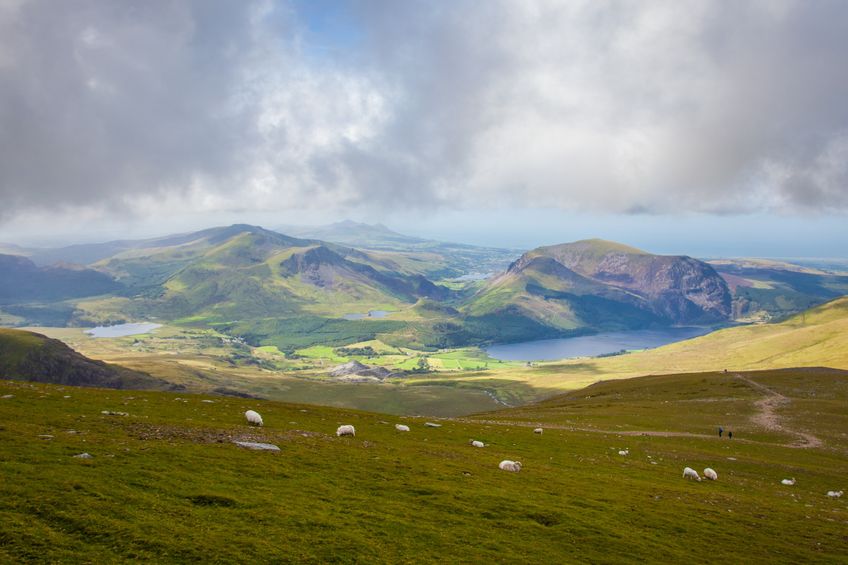
Farmers and landowners have urged the government to put boosting economic growth and productivity in designated landscapes like National Parks.
Defra Secretary Michael Gove has committed to conserve and enhance England’s most cherished landscapes as a new review launches into the nation’s National Parks and Areas of Outstanding Natural Beauty (AONBs).
Nearly 70 years after the country’s National Parks were first established, an independent panel will look at how these iconic landscapes meet needs in the 21st century – including whether there is scope for the current network of 34 AONBs and 10 National Parks to expand.
The review, led by writer Julian Glover, will also explore how access to these landscapes can be improved, how those who live and work in them can be better supported, and their role in growing the rural economy.
Undertaking a review is one of the key commitments of the government’s 25 Year Environment Plan.
The Country Land and Business Association (CLA), which represents landowners, farmers and rural businesses has reacted to the government announcement.
The organisation said government must strike the right balance between ensuring designation that delivers natural beauty, alongside encouraging the right types of economic activity.
CLA President Tim Breitmeyer said: “Together, this more positive balance will sustain these areas and create thriving communities.
“Designated landscapes are crucial to the wellbeing of the nation, providing opportunities not only for visitors but most especially for those who live and work there. We look forward to contributing to the review.
“Most businesses within designated landscapes experience significant opposition and hostility to development of any kind.
Mr Breitmeyer added: “Success in this review will see more landowners, users, park authorities and conservation boards coming together to identify opportunities which deliver the right types of sensitive development to improve the use and enjoyment of these unique areas.”
